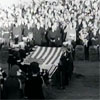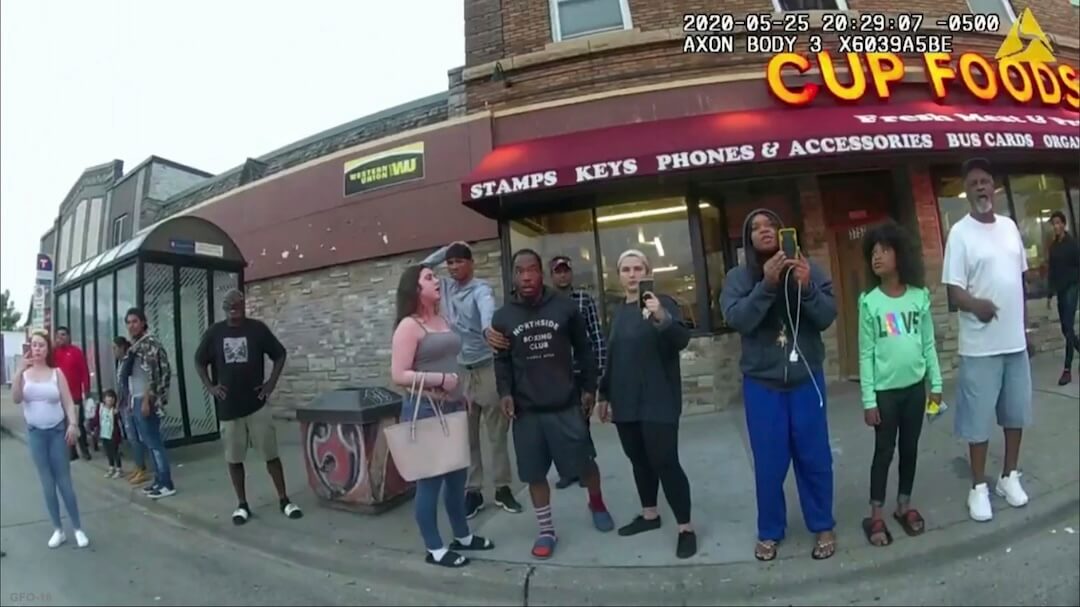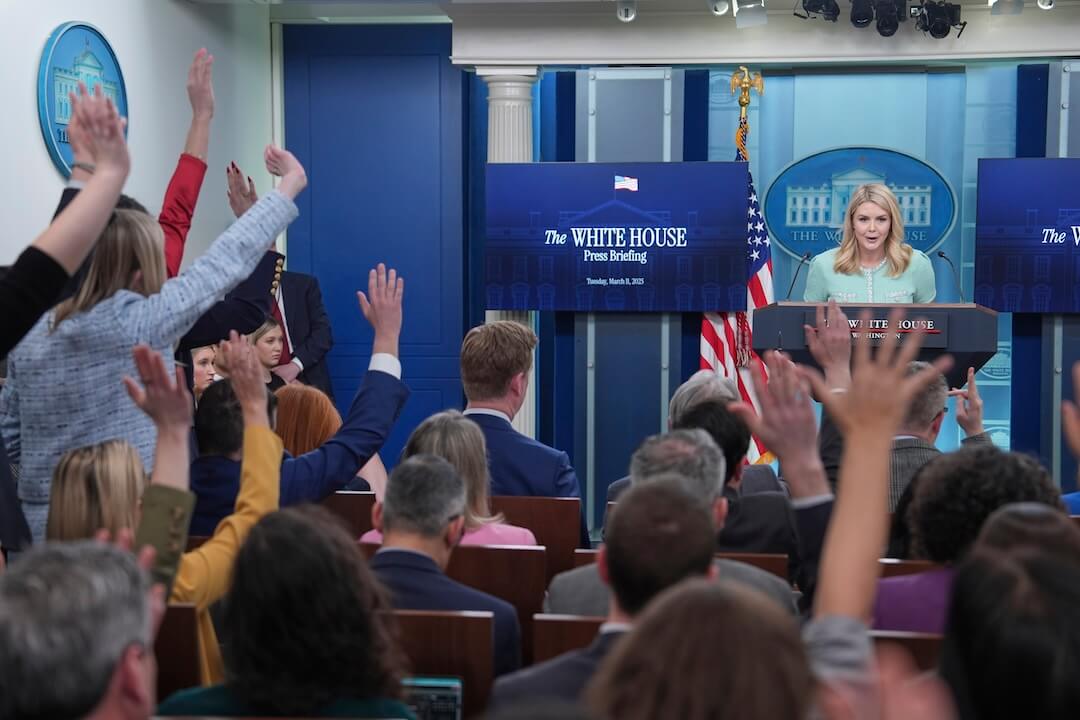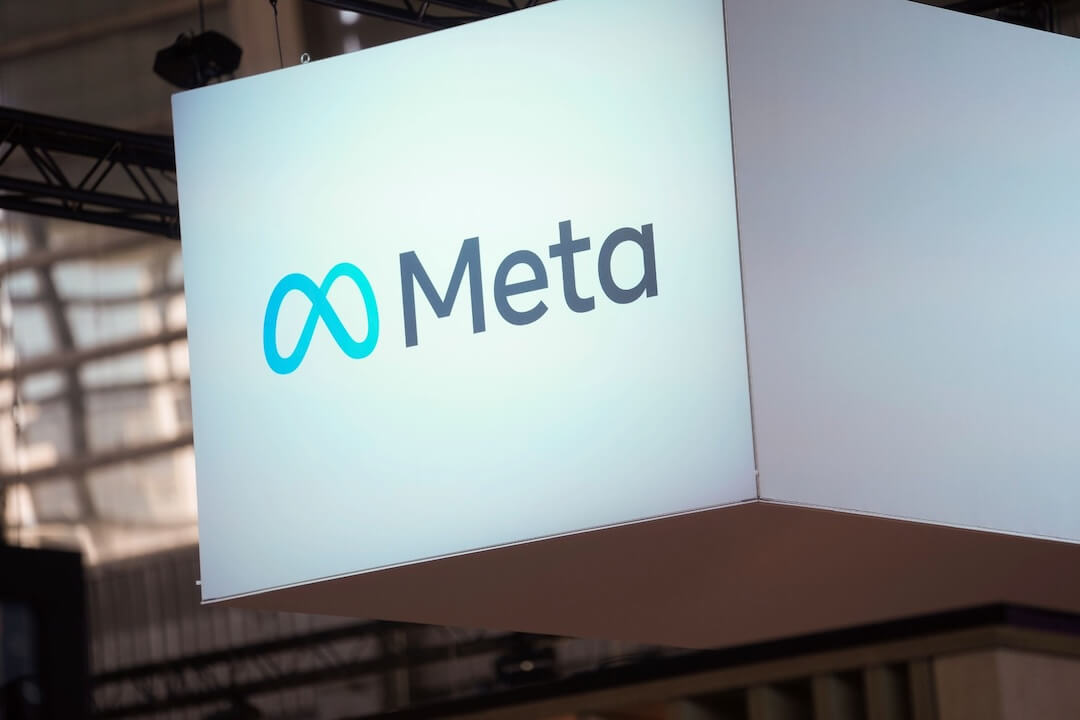On November 26, 1963, The New York Herald Tribune published “It’s an Honor,” one of the most memorable newspaper columns of all time.
Jimmy Breslin tells the story of President John Kennedy’s funeral from the perspective of Clifton Pollard, a gravedigger at Arlington National Cemetery.
This is how Breslin’s story begins:
“Clifton Pollard was pretty sure he was going to be working on Sunday, so when he woke up at 9 a.m., in his three-room apartment on Corcoran Street, he put on khaki overalls before going into the kitchen for breakfast. His wife, Hettie, made bacon and eggs for him. Pollard was in the middle of eating them when he received the phone call he had been expecting. It was from Mazo Kawalchik, who is the foreman of the gravediggers at Arlington National Cemetery, which is where Pollard works for a living. ‘Polly, could you please be here by eleven o’clock this morning?’ Kawalchik asked. ‘I guess you know what it’s for.’ Pollard did. He hung up the phone, finished breakfast, and left his apartment so he could spend Sunday digging a grave for John Fitzgerald Kennedy.
When Pollard got to the row of yellow wooden garages where the cemetery equipment is stored, Kawalchik and John Metzler, the cemetery superintendent, were waiting for him. ‘Sorry to pull you out like this on a Sunday,’ Metzler said. ‘Oh, don’t say that,’ Pollard said. ‘Why, it’s an honor for me to be here.’ Pollard got behind the wheel of a machine called a reverse hoe. Gravedigging is not done with men and shovels at Arlington. The reverse hoe is a green machine with a yellow bucket that scoops the earth toward the operator, not away from it as a crane does. At the bottom of the hill in front of the Tomb of the Unknown Soldier, Pollard started the digging….”
In this newsreel report, we see a more straightforward perspective of the event.
“Breslin approaches the burial of John Fitzgerald Kennedy from the perspective of his grave digger. It’s a plainly told story — no breathtaking sentences here — but the style is effective in its Hemingway-esque directness. Breslin moves from the gravedigger’s perspective, to a more omniscient view of the funeral, back to the worker. We like the passage about Jackie Kennedy, its moving description of her particular, telling gestures. But the piece’s central power lies in Breslin’s juxtaposition of the cemetery workers, the small details of the scene’s sounds and sights, with the enormity of the event.”
— “Digging JFK Grave Was His Honor”
Nieman Storyboard






